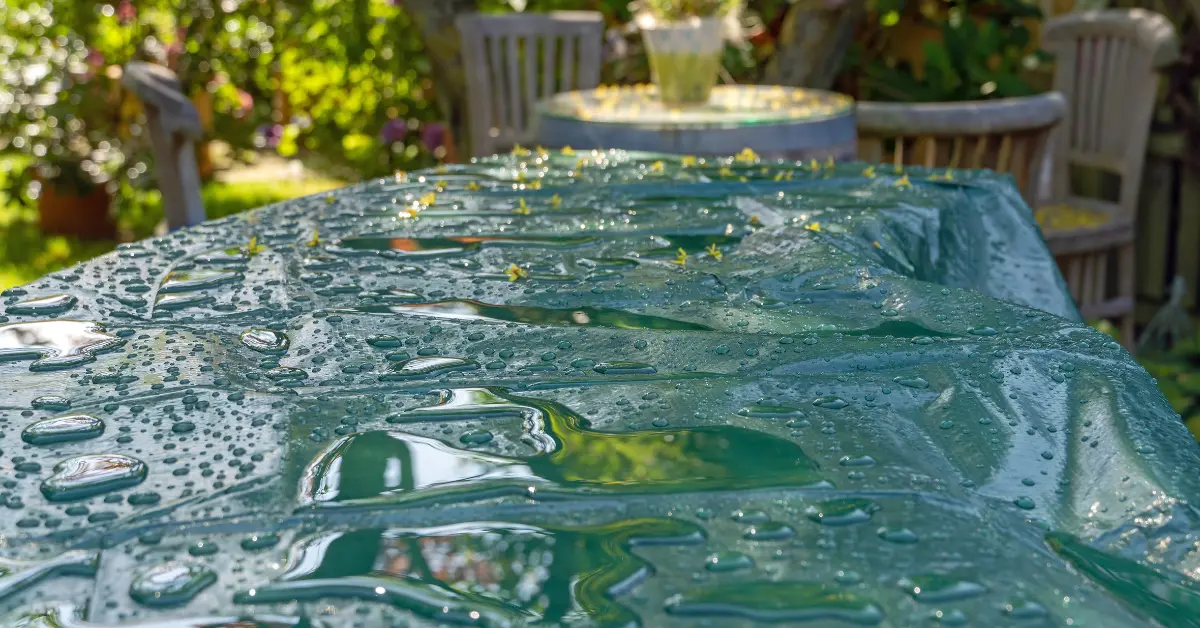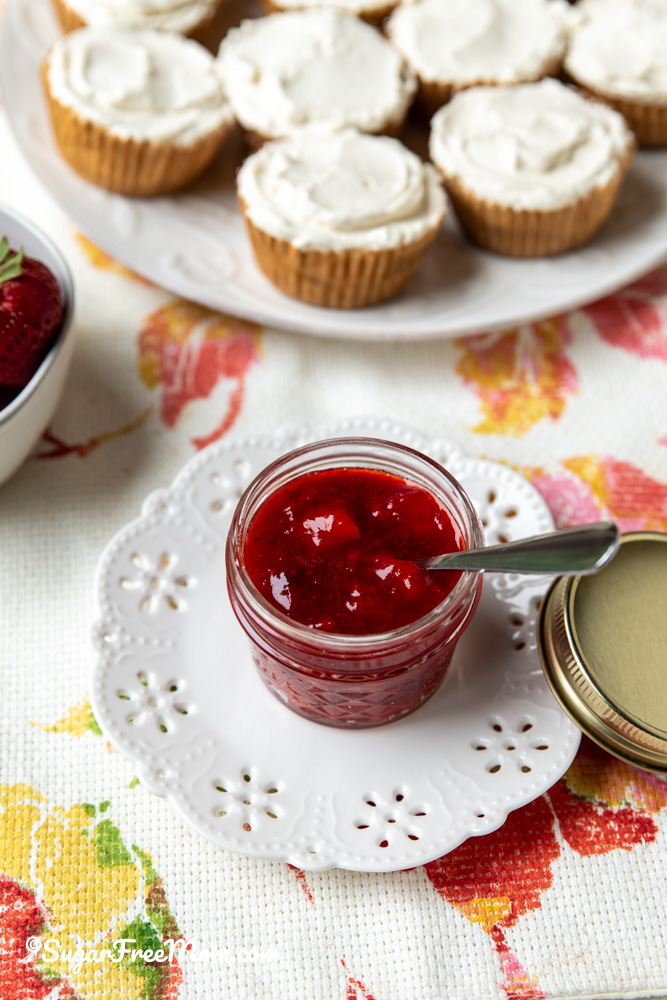In some countries, heavy rains occur more or less frequently and can easily ruin plants in your garden. But is it a cause for concern if it rains heavily after planting seeds or small garden plants that can withstand the elements?
It can cause great harm to our garden. But what to do if it rains heavily after planting seedlings in the garden? And how can you protect garden plants before heavy rains? There are a lot of questions to answer, so let’s dive right in.
Effect of moisture on germination
When planting seeds, not all plants like the same environment. Some seeds, such as lettuce and carrots, grow in consistently moist conditions, while others prefer slightly drier soil to begin with.
Interestingly, some seeds actually undergo a pre-germination process called stratification. This involves soaking the seeds in water before planting to begin the germination process. This step helps the seeds break dormancy and begin the germination process.
Seeds like pre-germinated seeds can absolutely benefit from having the seeds uprooted by heavy rains. But it’s not ideal and the key is balance. Excess water can cause soil compaction, reducing available oxygen and inhibiting germination. Also, especially when planting in garden soil, if the soil absorbs too much water it can become very heavy and the seeds may not germinate.
If heavy rain is forecast, it is best to wait until it passes before planting seeds. However, if you have already planted seeds and heavy rain is likely, there are ways to protect them.
How to protect your garden before heavy rain
If you plant the seeds in containers, the task will be much easier. When it rains, move the pot indoors, or at least away from large open areas where it will be most exposed to the elements.
If you want to protect your garden before heavy rains, consider adding a layer of organic mulch around your plants. This acts as a protective barrier, reducing soil erosion from heavy rains and protecting the seeds. Creating drainage channels or slightly raising flower beds in the garden will effectively divert excess water and minimize the risk of flooding.
One effective solution to protect planted seeds from heavy rain is to cover them. Use tarps or empty sandbags. This is a great way to breathe new life into used mulch or sandbags and protect your seeds from direct exposure to the elements. After the storm passes, carefully remove the cover on one side to avoid washing away the seeds.
what to do when it rains
Once the heavy rains have stopped, it’s time to assess the aftermath.
First, check for any visibly damaged plants. These should be your first concerns.
Trim off any damaged or wilted parts using clean garden shears. This allows the plant to focus its energy on healthy growth. If you have broken stems, help the stems stay upright by tying or gently supporting the plant.
Keep a close eye on these plants over the next few days and adjust their care as needed. Sometimes a little extra care can do wonders to help your plants bounce back.
Next, it is important to aerate the soil. Avoid stepping on it, and use tools to get plenty of air into it.
Return any mulch that has been moved to prevent soil from being washed away. Help bent plants to stand up straight. Also, don’t pick up anything that could introduce insects or disease.
Should I plant seeds before it rains?
Planting seeds right before it rains may actually be a wise move. why? Rainwater does not contain chemicals and therefore provides the perfect environment for seeds to germinate.
However, timing is important. Excess water can cause complications such as soil compaction or wash away the seeds. Check the weather forecast to gauge the intensity of rain and plant accordingly. If it looks like it’s going to rain, take advantage of the opportunity to sow seeds.
On the other hand, heavy rain can be fatal to small seedlings. Small plants should be covered with a tarpaulin.





